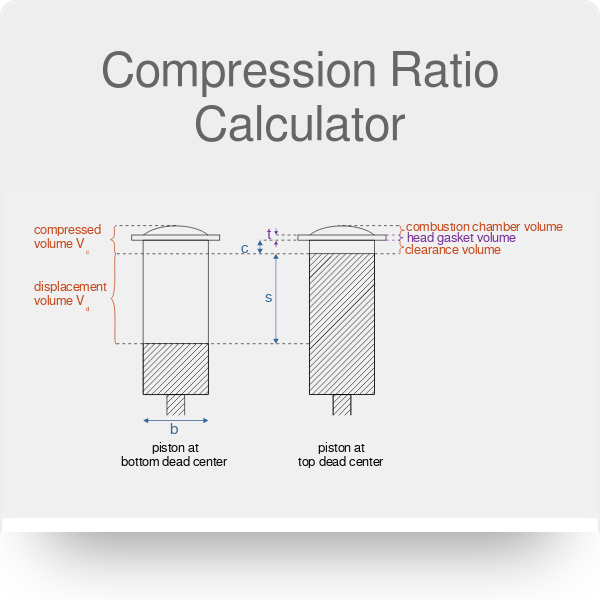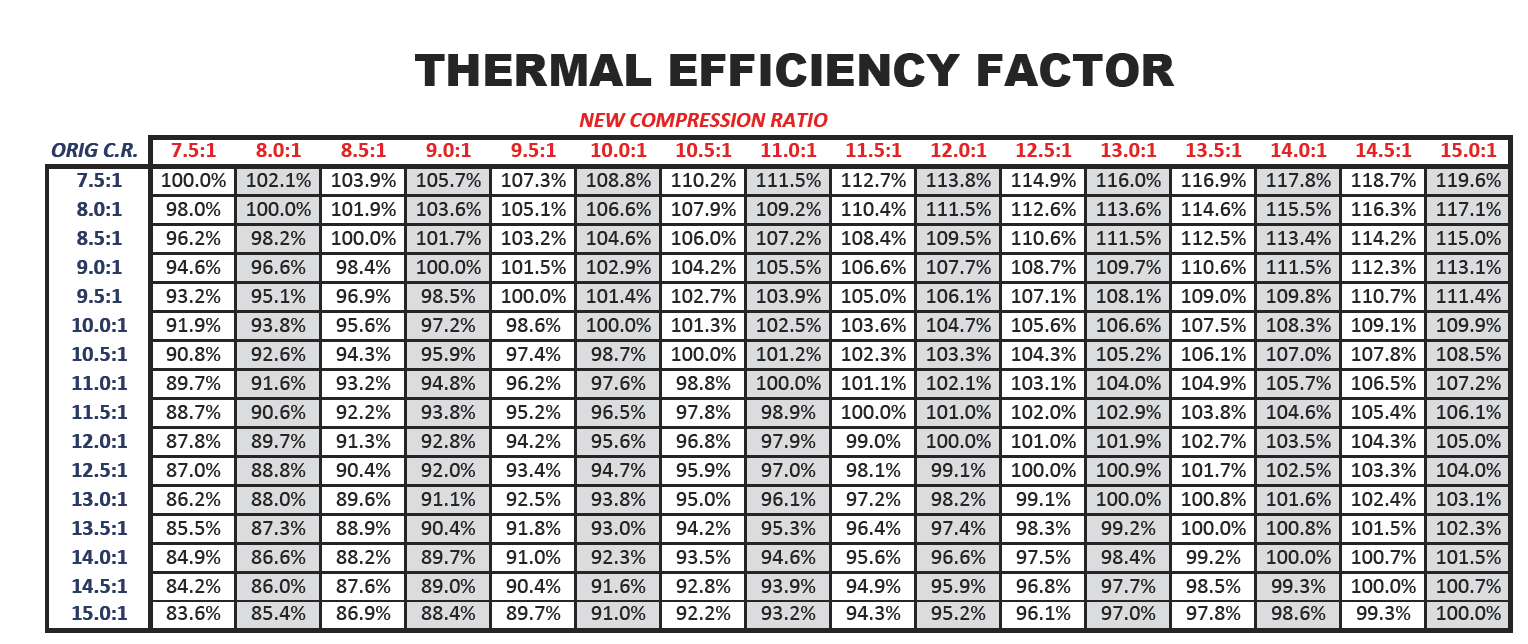


In our example above, we also used the SI decimal system to convert the data size, wherein 1000 bytes is equivalent to 1 kilobyte.This little calculator has these purposes: (or there's another fancier calculator) But, for now, as an estimate of the image file size, we can say that it is around 921.6 KB. Computer files tend to have other data attached to them, including, but not limited to, the date the file was created, the name of the creator, and so on. Please note that our calculated image file size is just an estimate of the actual file size of the image file described. Image file size = 7,372,800 bits × (1 byte / 8 bits) × (1 kilobyte / 1000 bytes) Image file size = 307,200 pixels × 24 bits/pixel Image file size = pixel count × bit depth Continuing with our calculations, we can then determine the file size of our image as follows: As for our calculated pixel count, we can also say that the image we are considering is approximately a 0.3-megapixel image. When talking about large numbers of pixels or resolutions, we can often see "MP," which stands for "megapixels." A megapixel is a unit equal to one million pixels. Pixel count = width of image in pixels × height of image in pixels

It's just like obtaining the area of a rectangle, but this time with pixels: To determine the pixel count of this image, we multiply the dimensions of the image in pixels. For our example, let us take an image with the dimensions of, say, 640 pixels (width) by 480 pixels (height) at 24-bit bit depth.
#Jpeg compression ratio calculator how to#
Now that we know what bit depth is and how pixels matter in determining what an image file's size is, let us consider an example to understand how to calculate image file sizes. To visualize this, let us consider a picture that has been "sampled" (or converted) to an image file with 24-bit, 8-bit, and 4-bit bit depths, respectively: We can then say that the higher the image file's bit depth is, the better the quality of the image will be. On the other hand, a 16-bit image can use a total of 2 16 or 65,536 colors to represent a picture. For example, a 1-bit image can only show black or white pixels as 1 bit can only store two values, a 1 or a 0 (2 1 = 2 values or colors). The number of colors in a certain bit depth follows the binary system and is equal to 2 raised to the bit depth value. We can determine the number of bits per pixel with what we call "bit depth." What bit depth indicates is the number of colors that we can show in the image file. And the more pixels an image has, the more data it stores and the larger its file size.
#Jpeg compression ratio calculator 64 bits#
Each pixel in a raster image typically takes up about 1 to 8 bits for black-and-white images and 8 to 64 bits for colored images. To determine the file size of a raster image file, we have to multiply these variables together. Two parameters define a raster image's file size, and these are the number of pixels in the image and the bit depth of each pixel. However, you can even approximate a compressed image file size using this calculator if you know the image file's resulting bit depth. It's also worth noting that this image file size calculator only determines the file sizes of uncompressed images. Vector image attributes can vary an incredible amount, just like how you can express a mathematical graph with a variety of different mathematical equations. However, this image file size calculator can only determine the file sizes of raster images. These "graphs" also refresh every time we scale or zoom a vector image, making us always see smooth lines and curves with consistent colors and details. Displaying a vector image is like graphing these equations on a cartesian plane every time we open the image file. You can think of it as a list of mathematical equations that we can graph on a cartesian plane. Unlike raster images that store data for each pixel in an image, vector images store data as a compilation of these equations representing each of the said attributes. On the other hand, vector images consist of attributes like curves, paths, shapes, line or stroke thicknesses, colors, etc., that are stored in formulas or equations. (You might wanna take a look at our ppi calculator.) A raster image with a high pixel count, or resolution, lets us zoom in on the picture up a significant amount before we start to see the individual pixels that comprise it. Pictures with more pixels tend to show more details and more quality, especially when trying to zoom in on that image.


 0 kommentar(er)
0 kommentar(er)
